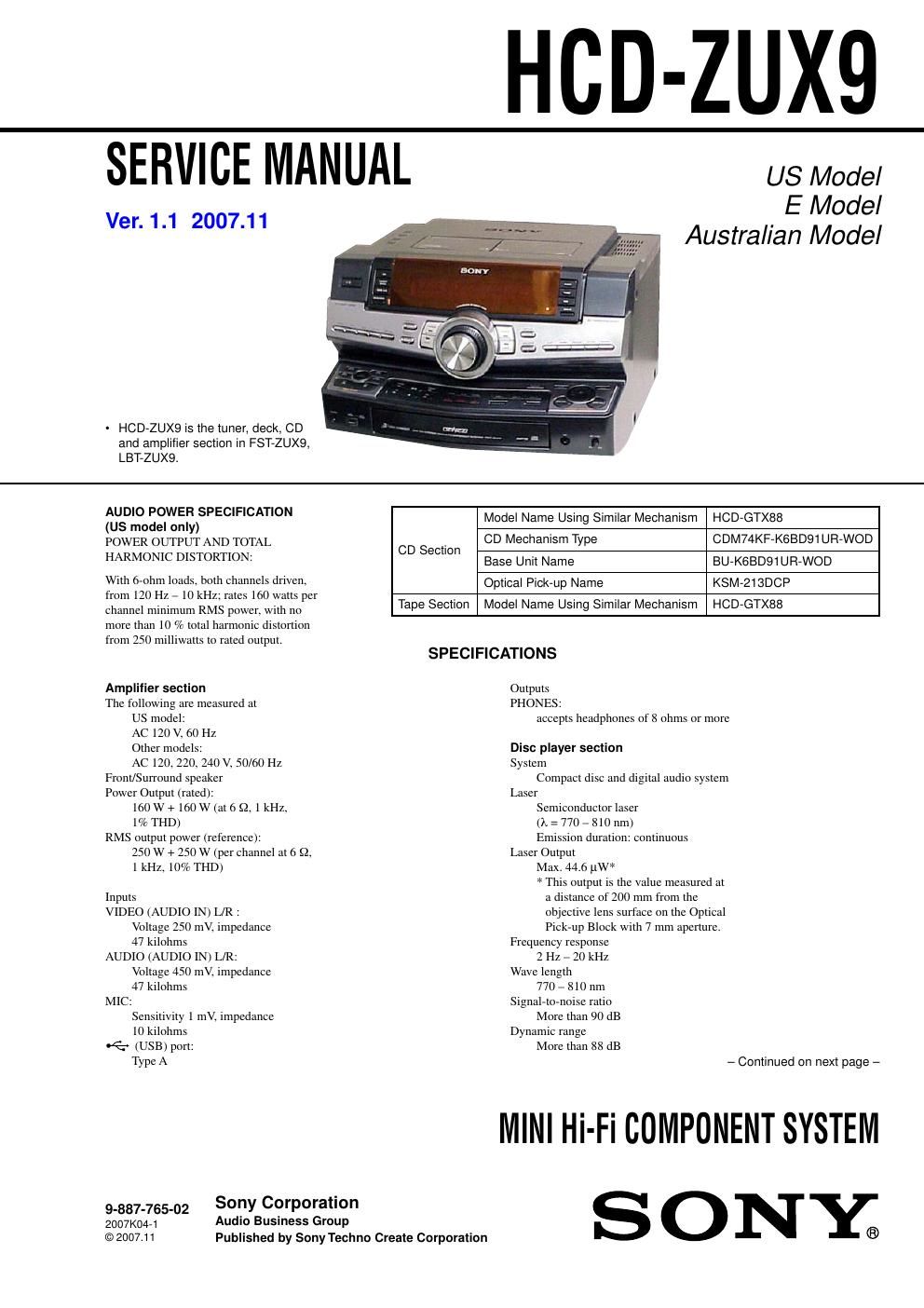Sony hcd zux 9
This is the 118 pages manual for sony hcd zux 9.
Read or download the pdf for free. If you want to contribute, please upload pdfs to audioservicemanuals.wetransfer.com.
Page: 1 / 118

This is the 118 pages manual for sony hcd zux 9.
Read or download the pdf for free. If you want to contribute, please upload pdfs to audioservicemanuals.wetransfer.com.
